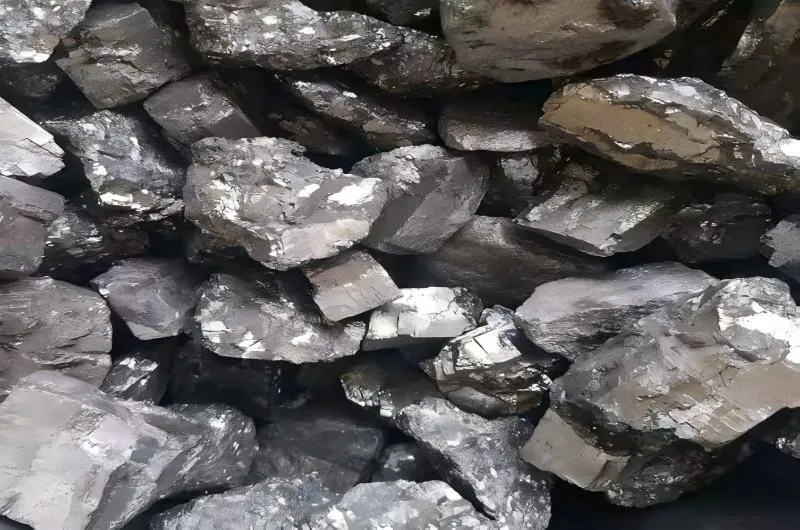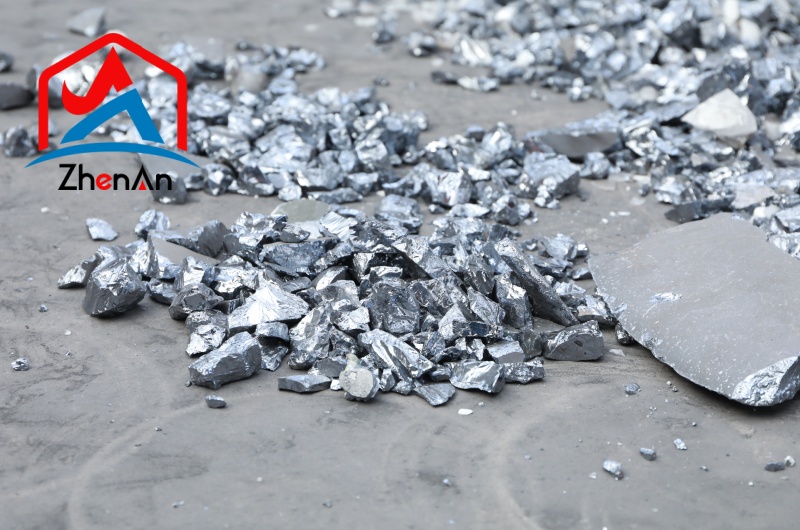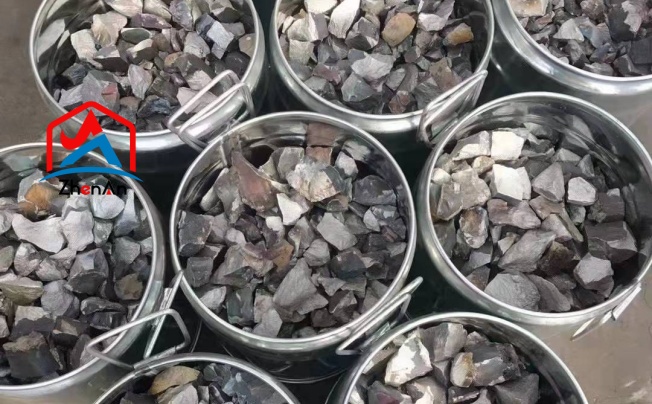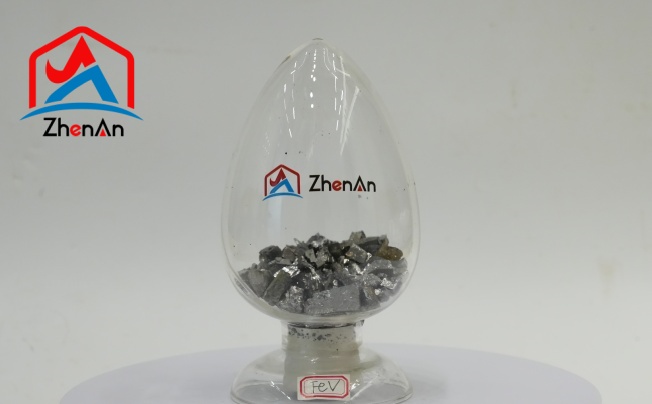BY  GENN
GENN
2024/12
Blog
Why Is Vanadium Added To Titanium?
Titanium, renowned for its exceptional properties, is a beacon of innovation in metals. Often referred to as the “space-age metal,” it boasts a remarkable combination of strength and lightness that sets it apart from traditional metals like steel and aluminum.
The Versatile Wonder: Titanium
Titanium, a metal that has earned its reputation as the “wonder material,” is revered for its exceptional properties and diverse applications across various industries. Known for its remarkable strength-to-weight ratio, titanium is favored in the aerospace, medical, automotive, and marine sectors for its lightweight nature and outstanding durability.
This lustrous metal boasts excellent corrosion resistance, making it ideal for applications requiring long-term exposure to harsh environments. Furthermore, titanium’s biocompatibility has made it a top choice in the medical field for implants and prosthetics.
Its innate ability to integrate with human tissue without causing adverse reactions sets it apart from other materials. Whether used in airplanes soaring through the skies or in surgical instruments enhancing the quality of life, titanium continues to demonstrate its indispensability due to its exceptional mechanical properties and biocompatibility.
The Enigmatic Element: Vanadium
In the shadow of mainstream metals like titanium lies vanadium, an element possessing intriguing characteristics that often go unnoticed by the general populace. Despite being less renowned than other elements, vanadium stands out for its hardness, toughness, and heat resistance properties.
This transition metal plays a crucial role in various industrial applications where strength and resilience are paramount. Aside from being an essential element on its merit, vanadium’s significance magnifies when introduced into titanium alloys.
The synergistic effects of combining vanadium with titanium result in enhanced mechanical properties that surpass those achievable by either metal alone. Industries harness this potent combination to unlock new possibilities in fields where lightweight materials with exceptional strength are indispensable.
The Role of Vanadium in Titanium Alloys
- Unique Properties of Vanadium
Vanadium is a remarkable element that possesses a unique combination of properties that make it highly desirable for enhancing titanium alloys. Known for its exceptional strength, vanadium brings a new dimension to titanium’s mechanical performance. With a tensile strength significantly higher than titanium itself, vanadium reinforces the alloy matrix, providing increased resistance to deformation and fracture.
Furthermore, vanadium’s toughness adds durability to the alloy, making it more resilient to impacts and harsh operating conditions. In addition to strength and toughness, vanadium also exhibits impressive heat resistance properties, enabling titanium alloys to maintain their structural integrity at elevated temperatures.
- Synergistic Effects of Adding Vanadium
When vanadium is judiciously added to titanium alloys, a synergistic relationship unfolds, leading to a series of transformative effects on the material’s properties. One key benefit is the significant increase in strength and hardness without compromising ductility—a delicate balance that is crucial for applications requiring both robustness and flexibility.
Moreover, the incorporation of vanadium results in enhanced wear resistance and fatigue strength, making the alloy ideal for demanding industrial environments where components are subjected to repetitive stress and abrasive forces. This unique synergy between vanadium and titanium propels the alloy’s performance capabilities beyond what either metal could achieve independently.
- Redefining Performance at High Temperatures
In high-temperature applications where conventional materials falter under thermal stress, vanadium-titanium alloys shine brightly with their improved performance characteristics. The presence of vanadium imparts superior high-temperature stability to titanium alloys by enhancing their creep resistance and maintaining mechanical integrity at elevated temperatures.
This thermal resilience allows these alloys to operate effectively in extreme heat environments without sacrificing structural integrity or functional reliability.
Manufacturing Process of Vanadium-Titanium Alloys
Overview of Methods for Incorporating Vanadium into Titanium Matrix
One common method is through vacuum arc melting, where high-purity titanium and vanadium are melted in a vacuum environment to prevent contamination. This process allows for precise control over the composition and ensures homogeneity in the final alloy.
Another widely used technique is powder metallurgy, which involves blending fine titanium and vanadium powders before pressing them into a desired shape and sintering at high temperatures. This method offers excellent control over the alloy’s microstructure and can produce complex shapes with high purity.
Powder metallurgy is favored for its ability to create alloys with enhanced mechanical properties. In recent years, additive manufacturing techniques like selective laser melting (SLM) have gained popularity for producing vanadium-titanium alloys with intricate designs and tailored properties. SLM uses a laser beam to selectively melt powdered titanium-vanadium alloy, layer by layer, based on computer-aided design (CAD) models. This additive manufacturing approach allows for rapid prototyping and customization, offering unprecedented flexibility in creating complex geometries not achievable through traditional methods.
Quality Control Measures to Ensure Precision Composition and Uniform Distribution
Quality control measures encompass a series of rigorous tests and inspections throughout the manufacturing process.
Chemical analysis techniques such as spectroscopy are employed to verify the elemental composition, ensuring that the correct ratio of titanium to vanadium is maintained. To assess the microstructure and distribution of vanadium within the titanium matrix, advanced imaging techniques like electron microscopy are utilized. These methods allow engineers to examine grain boundaries, phase transformations, and any potential defects that may impact the alloy’s performance. By scrutinizing these structural features, manufacturers can optimize processing parameters to achieve a uniform distribution of vanadium throughout the alloy.
Furthermore, mechanical testing such as tensile testing and hardness testing are conducted on samples extracted from different parts of the alloy to evaluate its mechanical properties under various conditions. By subjecting the alloy to rigorous performance tests, manufacturers can validate its strength, ductility, fatigue resistance, and other critical characteristics essential for its intended use.












